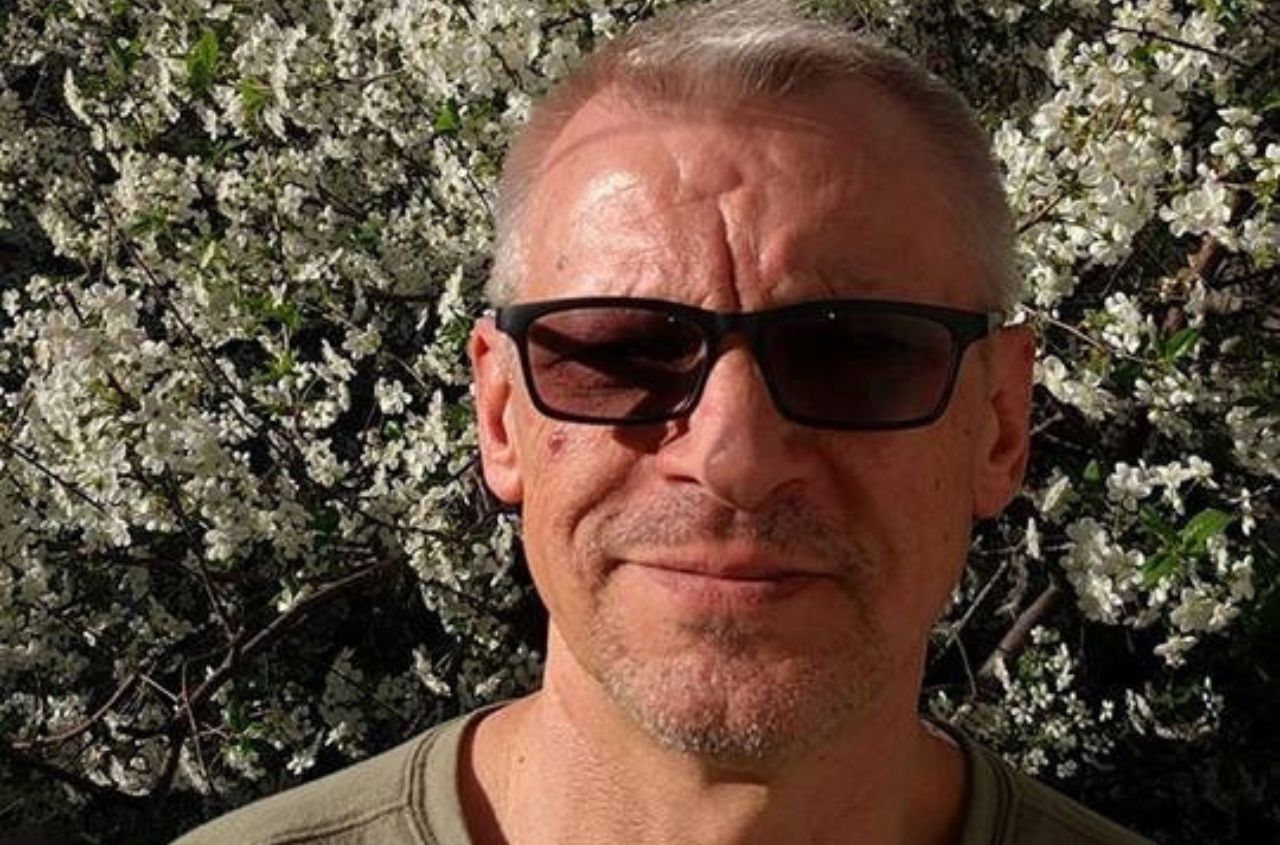In the history of Ukrainian art of the XX century, the name of Yuriy Yegorov (1926-2008) is always mentioned. The scale of his personality, considerable creative work, and the influence on subsequent generations of Odessa artists have led to speak of Yegorov as one of the key figures of Ukrainian art in the second half of the XX century.
Yuriy Yegorov was born in Stalingrad from a couple of ballet dancers. Romantic musical theater, which flings the human into sublime state, affected the impressionable boy’s identity, defining the personality of the characters of his future works. Influenced by theater as a synthetic art form, Yuriy Yegorov combined different monumental techniques, such as painting, mosaics, and tapestries.

A student of one of the “Odessa Parisiansâ€, survived after the Soviet repressions, Teofil Frayerman, Yegorov soon became the benchmark for colleagues and followers, a standard of skill. For the generation of non-conformist artists in Odessa, Yuriy Yegorov was a teacher at the Odessa Grekov Art School, in the late 1950s.
His independence, the courage to be himself in art, they came to him for help and comfort. For more than half a century, he remained an unconditional guru, and breathed life into the concept of the “Odessa schoolâ€, in which the traditions of South Russian painting and modernism were combined.
In 1948. he graduated from the Odessa Art School, in 1952, from the I. E. Repin Leningrad Institute of Painting, Sculpture, and Architecture, and in 1955, from the Leningrad Vera Mukhina Higher School of Art and Design. For two years, he was the professor of the Odessa Art School (1955 – 1957). In the nineties, he was the rector of the Odessa non-governmental Academy of Arts. The works are stored in the collections of the National Art Museum of Ukraine, Odessa and Nikolaev Art Museums, the Zimmerli Museum (USA), the Tretyakov Gallery (Russia) and in numerous private collections.


Yuriy Yegorov began his artistic practice under the influence of a severe style, but moving to Odessa completely changed his approach to painting. Plots close to socialist realism and muted shades were changed to the bright, sunny colours and the attraction to basic geometric shapes. Based on these features, Yegorov's unique style crystallized, for which a portrait or landscape is not a simple reflection of reality, but a universal sign through which the artist gets to know the world.
Restrained, but temperamental and colorful painting by Yegorov clearly would not have taken place elsewhere. It is Odessa with its ubiquitous marine elements, dazzling midday sun and provincial remoteness from socio-political shifts that has become the backdrop for the artist’s numerous works. Whether he worked in the open-air (he liked to draw in the open air), or in a workshop that formerly belonged to Peter Nilus, Egorov interpreted the forms in a detached manner, often resorted to generalization, cut off all secondary, thereby achieving the monumentality of the depicted, going to the level of the sign. Egorov’s Sea is majestic, permanent, with a firm round horizon. Strong figures of girls and boys on his canvases covered with bronze tan. He sought in the world around him eternal beauty, the highest essence, unsurpassed nature, which a person can feel, but is unable to achieve.



There is no doubt that without Yuriy Yegorov one of the most significant cultural phenomena of Odessa would not have taken place. We are talking about the Odessa nonconformism of the 60s – 80s, whose members were not only influenced by Yegorov, but also had the closest professional and personal relationships with a senior colleague. Valentyn Khrushch, Stanislav Sychov and Viktor Maryniuk are just a few artists whose work is marked by Yegorov's influence.
An important feature that runs through all of Yegorov's work is his subtle musicality. It is infrequently manifested at the plot level, but is always present in his exceptional attention to rhythm and harmony. Infinitely repeating motifs in different variations together form the symphonic character of the body of his paintings. Harmony as an expression of completeness passed from music to Yegorov's painting as a key element of his outlook.



For Yegorov, music is an expression of the infinity of the universe. Symbolic images, which the artist creates as an expression of his own existential tension, have a single purpose: to find world harmony.
In the sea, in the fields, in the night sky, there is already a feeling of infinity. Most in the sea. The sea is a visible image of the infinite. It is impossible for me to understand infinity, we can only know how far the stars are from us. The plastic structure of the sea – a gradually diminishing hill of waves on this giant sphere – makes it the Image of Infinity, an image of magic: with its smells of astringent freshness of algae, with the mystery and horror of its depths, the cry of seagulls and the endless frightening beauty of its inhabitants. Together, this gives rise to the image of the universe and the idea of grandeur. Not many artists were concerned with or inspired by these ideas. Perhaps this is my private feeling – in the landscapes of Cezanne and Van Gogh there is a sense of the universe. The idea of grandeur was largely created by Wagner and Shostakovich, and much by Beethoven; and both of these ideas in Bach. Again, I may be wrong, but all of Tchaikovsky's last symphonies are a drama between the Commitment and the Real, Chopin is an endless mourning of the Possible...
Yuriy Yegorov
The Black Sea has had many names over the millennia. Pontus Euxinsky, Cimmerian, Scythian, Tauride sea. Who knows, maybe in the next millennium a modest inscription will appear on the world maps near the latitudes of Odessa: the Sea of ​​Yuri Yegorov.




















